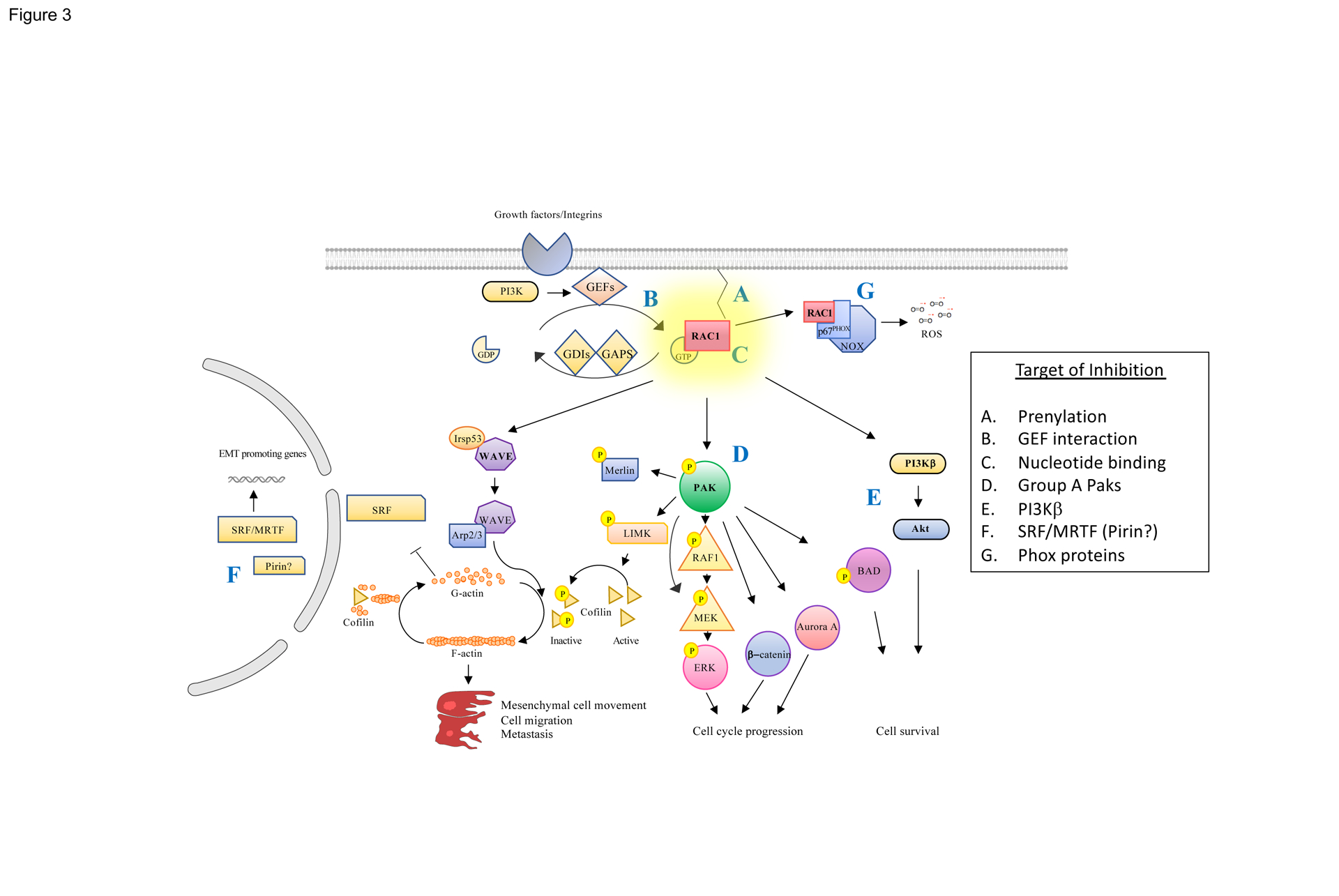Figure 3. Signaling from RAC1 and Potential Vulnerabilities to Targeted Therapy.

(A) RAC activation requires membrane localization mediated by prenyl modifications at its C-terminus, creating an opportunity for small inhibitors. (B) Fast-cycling mutants such as RAC1P29S, which rapidly exchange GDP for GTP, require stimulation by GEFs, and inhibitors of GEF/RAC interactions have been described, as have (C) molecules that displace bound GTP. (D) Effectors such as PAK (which regulates the activation of ERK, β-catenin, Aurora A, and BAD), (E) PI3Kβ, which regulates cell survival via AKT, and (F) WAVE2, which regulates actin polymerization and cytoskeletal structure, via IRSP53 and ARP2/3, as well as gene transcription via SRF/MRTF and, possibly, Pirin, are also potentially druggable. (G) ROS, generated by the RAC1 effectors p40Phox and p67Phox, may also play a role in oncogenic signaling from this small GTPase and are potentially targetable by small molecule inhibitors.
